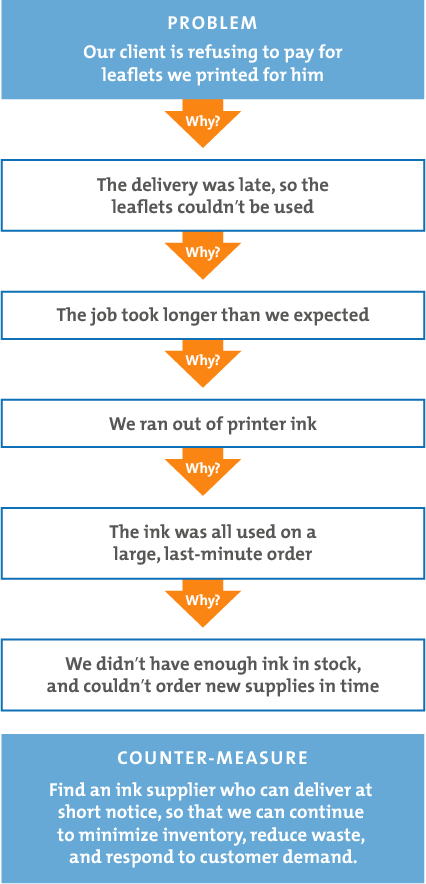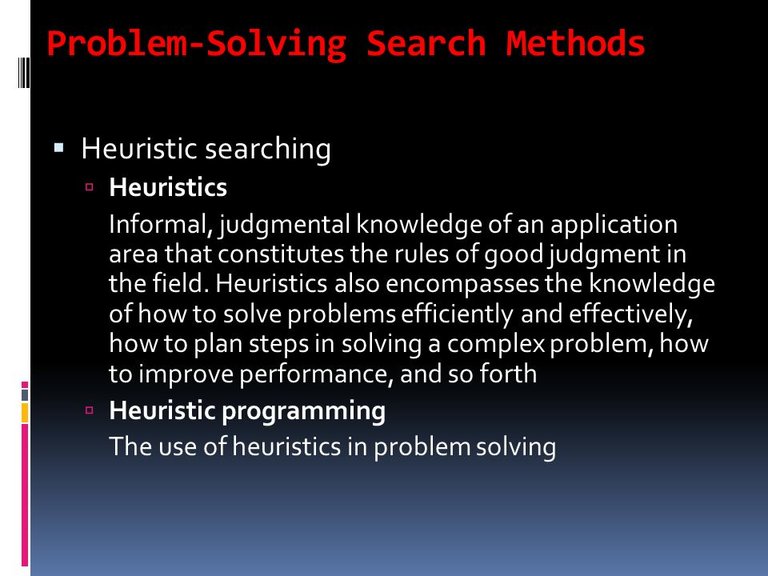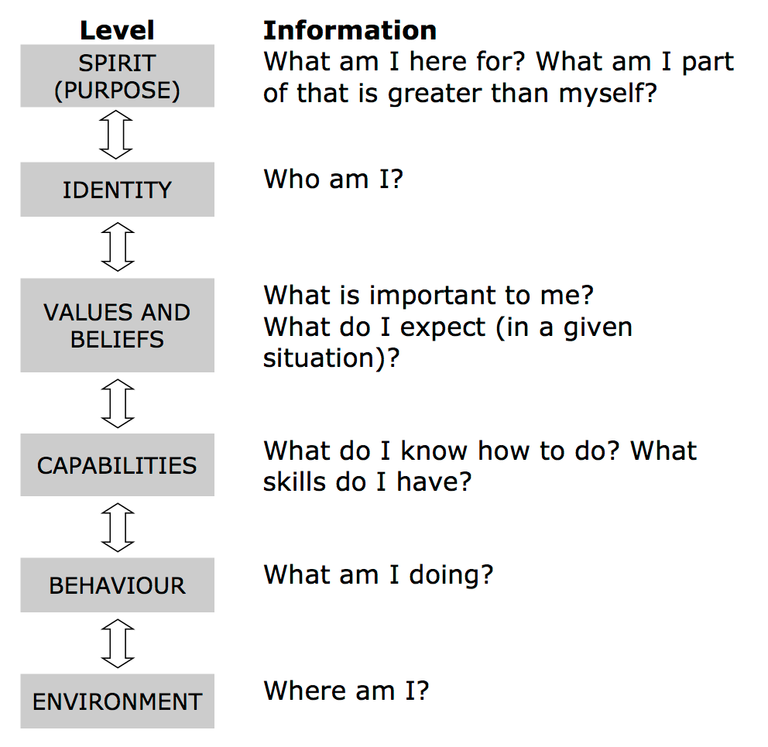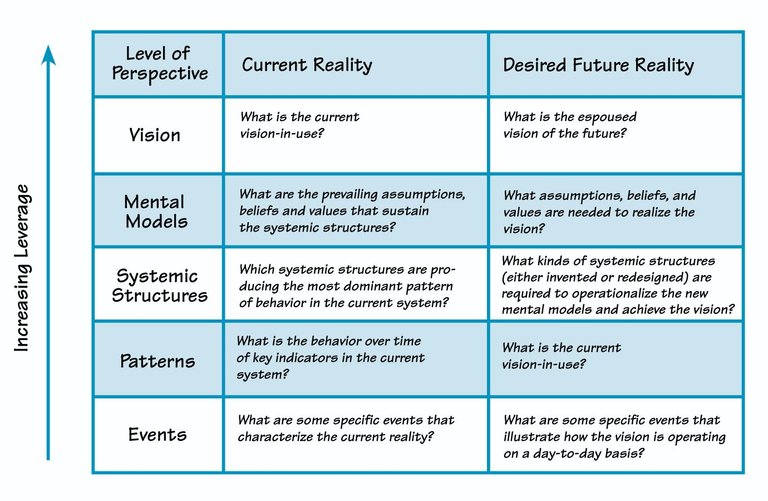In philosophy, First principles are the fundamental causes that underline every phenomenon that can be perceived. A first principle is a basic, foundational, self-evident proposition or assumption that cannot be deduced from any other proposition or assumption. A first principle is one that cannot be deduced from any other. So reaching first principles require higher order of thinking that require doubt about what seems obvious and certain.
Meditations on first principles, the search for the first causes, or basic truths, as undertaken by Descartes leads to metaphysical principles on which to build the rest of knowledge.
In cognitive psychology "chunking is a process by which individual bound together pieces of information into a meaningful whole". It is believed that individuals create higher order cognitive representations of the items on the individual's perception of the features of the items.
The phenomenon of chunking as a memory mechanism can be observed in the ways individuals connect the dots through system thinking which is not indeed a natural ability. In fact our brain used to process information in low energy state. So creativity requires practice and training in order to go beyond the default mode of the mind.
According to the innovative entrepreneur Elon Musk First principles” is a physics way of looking at the world…what that really means is that you boil things down to the most fundamental truths…and then reason up from there…that takes a lot more mental energy ". Thinking from first principles help individuals get a better understanding of what have been called nowadays "complex problems". In fact, complex problems are questions or issues that require abstract reasoning to be applied through multiple frames of reference or perspectives. It is most often impossible to tsolve them through simple logical procedures. Therefore, complex Problem Solving Skills are developed capacities of chunking used to solve challenging, paradoxal, ill-defined problems in real-world context.
In the Toyota Productive System the "5 Whys" technique is used to explore the cause-and-effect relationships underlying a particular problem.[1] The primary goal of the technique is to determine the root cause of a defect or problem by repeating the question "Why?" Each answer forms the basis of the next question. The "5" in the name derives from an anecdotal observation on the number of iterations needed to resolve the problem.
 !
!

Some problems can be successfully solved by following specific, step-by-step instructions—that is, by using an algorithm. In a general sense heuristics are guidelines or methods for problem solving. In contrast to a routine task, a problem is a situation in which a person is trying to attain a goal but does not dispose of a ready-made solution or solution method. Problem solving involves then “cognitive processing directed at transforming the given situation into a goal situation when no obvious method of solution is available”. We can correctly assemble the pieces of a new bookcase by following the directions for assembly that come with the package. We can calculate the length of a slanted roof by using the Pythagorean theorem. When we follow an algorithm faithfully, we invariably arrive at a correct solution. However, the world presents many problems for which no algorithms exist.

In the field of psychotherapy, Robert Dilts has provided the following definition of a “logical level.“In our brain structure, language, and perceptual systems there are natural hierarchies or levels of experiences. The effect of each level is to organize and control the information on the level below it. Changing something on an upper level would necessarily change things on the lower levels; changing something on a lower level could but would not necessarily affect the upper levels.” 
Starting at the bottom of the chart , we have the following levels, each one reflecting back to become the frame-of-reference for the previous one. This feedback loop generates a system of embedded layers. As such, the higher feedback loop or frame governs and controls the lower levels. Each orders and organizes the lower and so operates as an attractor in a self-organizing system. When we apply these Levels of Abstraction to the process of “thinking” itself, and to the products of that process (“thoughts”), we discover a way to operationalize our “mental” and “conceptual” terms. This fits the Meta-Model objective of de-nominalizing our terms so that we can more precisely and accurately specify what we mean.![Levels.png]
Congratulations @cedayi! You have completed some achievement on Steemit and have been rewarded with new badge(s) :
Click on any badge to view your own Board of Honor on SteemitBoard.
For more information about SteemitBoard, click here
If you no longer want to receive notifications, reply to this comment with the word
STOP